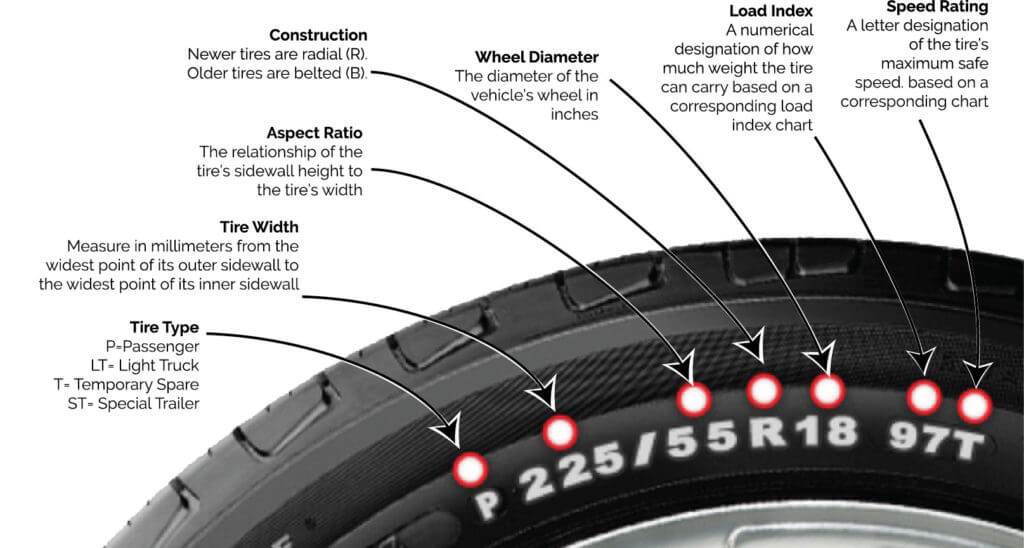When getting new tires, you’ll have to pay for the installation service (called mounting and balancing) on top of the tires themselves. But don’t panic.
The mounting and balancing fee is far from exorbitant, and it’s a key factor to on-the-road safety. We’ll break down the cost, and the reason for it, below.
The fee can vary, all depending on various factors like tire size, your location, and the shop you chose.
The average cost ranges from $15 to $60 per tire if you’re getting them mounted and balanced. If you’re only mounting tires, it can range from $6 to $24 per tire.
Mounting is exactly as it sounds. It’s the act of putting your tires onto wheels, then installing those wheels onto your car’s axles.
Balancing gets a little more scientific. A wheel is considered balanced when its center of gravity is exactly like the axis of rotation. Essentially, when the wheel and tire mass are evenly distributed, the tires don’t vibrate when spinning.
To visualize what we mean, think of your washer on its spin cycle. If the clothes are all sticking evenly to the walls, your machine is as quiet as a mouse. But when the weight is unbalanced, it shakes and hums. That may be fine (albeit annoying) with a washing machine, but with your car? Not so much.
Picture that violent, unbalanced spin cycle again. Now think about your car acting that way on the road — yikes!
Mounting and balancing go hand-in-hand because you want your wheels spinning smoothly, especially at high speeds. If your tires are unbalanced, you’ll have a shaky ride. That may not sound too bad, but your vehicle is suffering from those vibrations. And if they remain unbalanced, you’re putting yourself and others at risk on the road.
The cost will vary depending on the area. Sometimes, even locations a few miles apart can have wildly different costs.
Sometimes, even locations a few miles apart can have wildly different costs.
If you’re just looking to mount tires, the cost ranges between $6-$24 per tire at major companies like Walmart or Sears. A locally-owned auto shop may cost more, but for something as important as tires, a little extra can go a long way.
If you’d like your tires mounted and balanced, the cost falls between $15 and $60. Balancing is a key factor in driver safety, and it helps extend the life of your new wheels.
The biggest factor in determining cost would be the overall size of the tire. How size is measured depends from shop to shop. Some gauge size by diameter, while others consider the aspect ratio.
Vehicle type may also affect the cost of this service. The average will differ between smaller cars, trucks, and SUVs. Smaller cars hang in the $13-$20 range, while larger ones can get between $30-$45. When you consider larger cars mean larger tires, this makes perfect sense.
When you consider larger cars mean larger tires, this makes perfect sense.
A shop’s location will also affect cost. Getting your tires mounted and balanced in New York City can sometimes get up to $40 a tire, while less populated areas range from $15-$20.
It’s important to perform due diligence and check out a good handful of auto shops in your area.
You can save money by calling around. Different auto shops will offer different pricing.
Pro-tip: Find one that offers the most cost-effective deal, not the cheapest. Cheap tires and associated services may cost you more in the long run as they can require more maintenance and earlier replacement.
It’s certainly possible, but unless you’re a professional with the right equipment, leave it to the experts at the auto shop. Without the proper tools and know-how, mounting tires solo can lead to disaster.
Absolutely! Keep yourself safe on the road by getting your tires balanced now and again. Maintenance is crucial to your safety and the longevity of your tires.
Manufacturers recommend balancing your tires every 3,000 to 6,000 miles. If you’ve encountered any rough terrain lately, you may want to do it sooner.
Tires themselves may be expensive, but installing them will only run you a few extra bucks. Source local auto shops to ensure you get the best bang for your buck.
Did you find this piece helpful? Then consider checking:
How To Take Tire Off Rim
How To Dismount A Tire
How To Use Tire Machine
How To Mount ATV Tires
How To Stretch A Tire
How To Take A Tire Off A Rim Without A Machine
 We have over 26,000 shops in our network, like Firestone and Pep Boys.
We have over 26,000 shops in our network, like Firestone and Pep Boys.Avg. cost
$10
Avg. cost
cost
$12
Avg. cost
$8
Your tires shows damage that requires replacement or a tread depth of 2/32” or less
A TPMS sensor or valve stem needs to be replaced
A technician needs to clean or repair the wheel where the bead of the tire seats
Your tire has a hole that needs to be patched from the inside
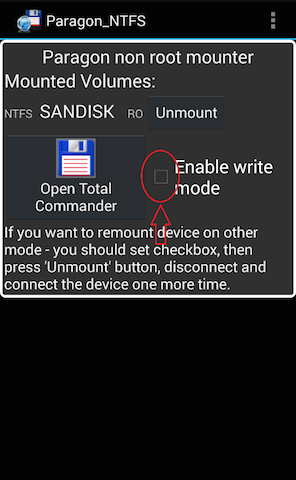
Previous
Next
##SHOPLOGOS1##
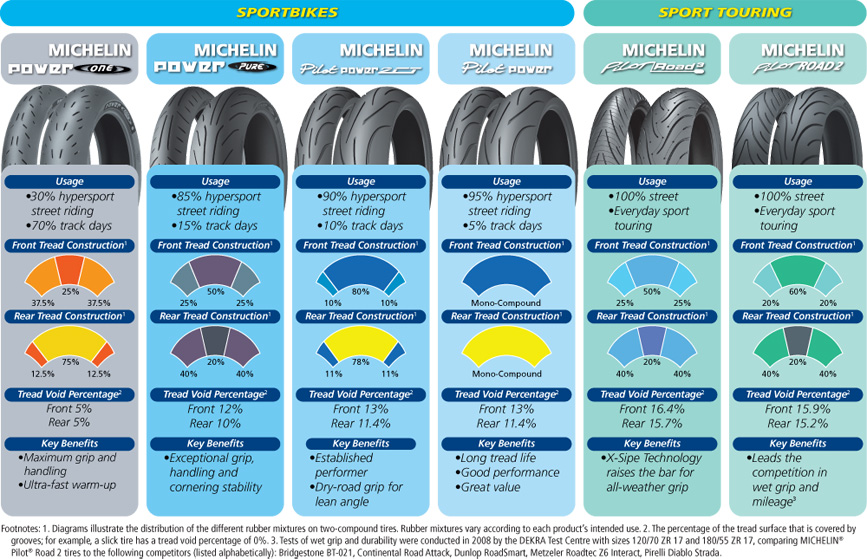 When mounting and balancing, the technician will use a tire balancing machine to offset weight imbalances that naturally occur in the tire and wheel.
When mounting and balancing, the technician will use a tire balancing machine to offset weight imbalances that naturally occur in the tire and wheel.How long does it take to dismount and mount a tire?
A professional should be able to dismount and mount a tire in about ten minutes. If you are having all four tires replaced or swapped with a different set (like snow tires), it might take forty to forty five minutes. That does not include time to balance the tires. If your vehicle will also undergo an alignment check, it will take longer.
Do you need an alignment after replacing tires?
A wheel alignment is not essential after replacing tires, but it is recommended. At least, you should consider an alignment check, where the suspension is measured to make sure that the wheels are in correct relationship to the rest of your vehicle and the road. A poor wheel alignment can lead to uneven and premature tire wear, and it can cause your vehicle to handle improperly.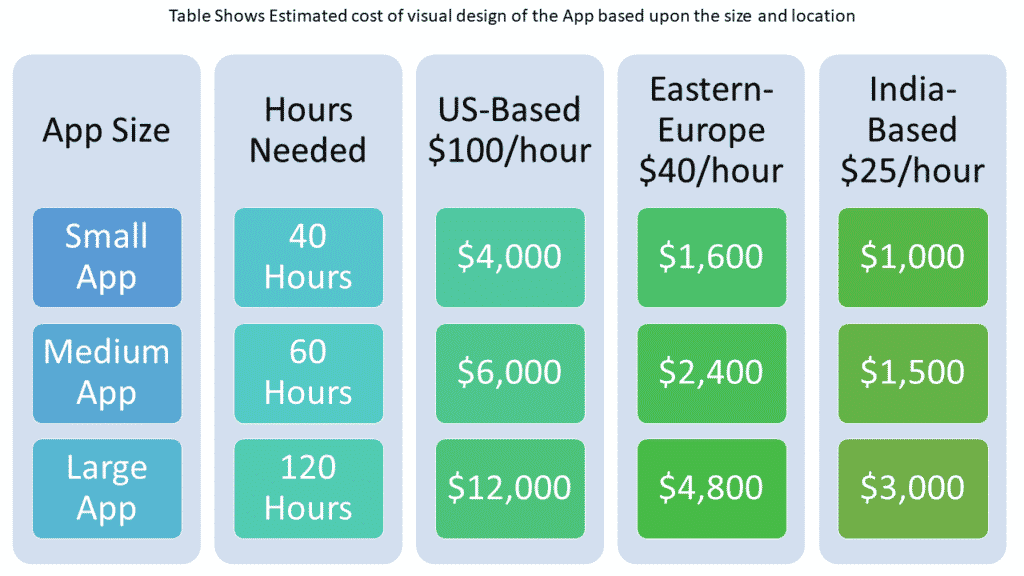
Is it okay to replace just two tires?
It is preferable to replace your tires as a complete set. That way, as long as you pay attention to routine maintenance items (i.e. proper tire pressure and tire rotations), you get the longest life and best performance from your tires. That might be especially true if your vehicle features all-wheel-drive. If your car experiences a flat tire due to damage from a pothole or puncture, you might be able to replace only the one tire. Just be sure that it is compatible with the rest of the set. And it is not uncommon to replace two tires at a time. In that case, beware of a common misconception that you should have those tires installed in the front for better steering. The new tires should be placed in the rear of the vehicle to avoid spinning out due to a loss of traction.
This is demo Question
This is demo Answer
Related Services

Over 1.5 Million already have.
What is CarAdvise?
Our digital platform is designed to make maintaining and repairing your vehicle a breeze – from conveniently scheduling services, finding shops in the area, approving work remotely or getting free expert advice so you can be confident about any decision.
How much does CarAdvise cost?
There’s nothing to pay up-front; you simply only pay for repairs or services that you approve.
Are there any additional fees?
Nope, no funny business here—just get the job done and pay for what you approve. It really is that simple.
Are there shops available in my area?
With our handy nationwide network of over 26,000 shops to choose from and free sign-up – you can rest assured your car is in good hands.
How does CarAdvise pricing work?
With CarAdvise, you don’t need a fleet of 100,000 cars to get an amazing deal on car services. Our discounted prices are guaranteed to beat any other retail options – so why spend more? On average customers save 15-40% when they choose us – that could mean hundreds saved in just one service job.
Learn More
What is your cancellation policy?
At CarAdvise, we believe life is unpredictable and if you need to reschedule or cancel an appointment – no worries! We promise there’s never any penalty for missed appointments.
What shops do you work with?
We’ve partnered with the best in the industry such as Firestone, Pep Boys, JiffyLube, Canadian Tire, NTB, Meineke, Tire Kingdom, AAMCO, Monro, FCA dealerships and many independent shops across the country.
How do I sign up?
Ready to join the party? Just a few clicks and you’ll be all set – create your account now. You can easily create your account here.
How do I get more help?
Just email us at support@caradvise.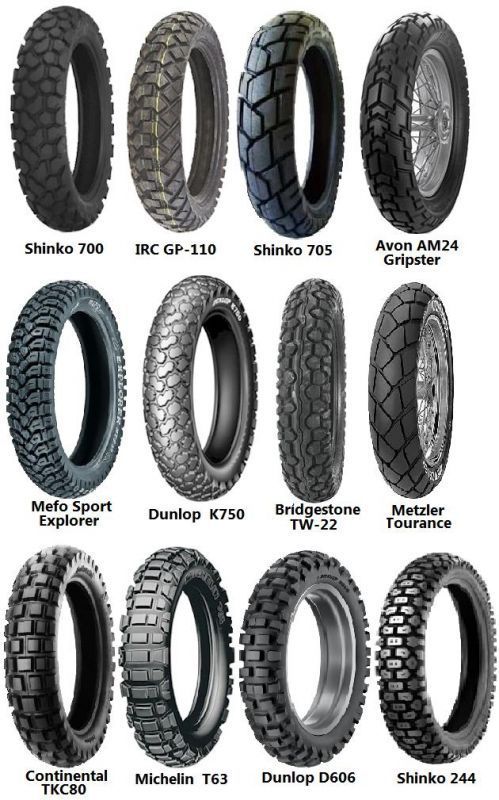 com or give our friendly team a ring at (844) 923-8473 and we’ll be sure to lend you the helping hand you need.
com or give our friendly team a ring at (844) 923-8473 and we’ll be sure to lend you the helping hand you need.
Contents:
Wheel rotation is like a physical exercise. Everyone knows to do it, but getting yourself to actually do it can be a challenge.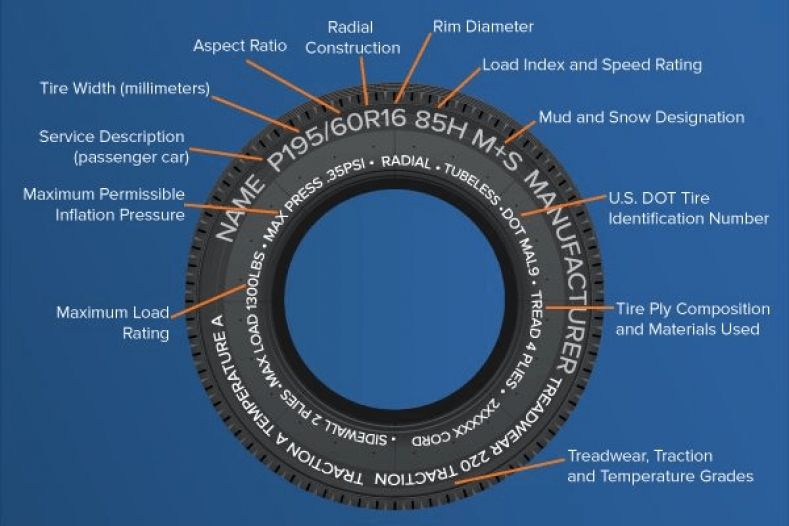 While we can't really help you with fitness motivation, we have plenty of good reasons why you should swap tires every 5,000-13,000 miles.
While we can't really help you with fitness motivation, we have plenty of good reasons why you should swap tires every 5,000-13,000 miles.
Tire wear is inevitable when using a car. The location and extent of wear on a tire's contact patch depends on many factors, including the position of the tire on the vehicle. Keep in mind that each axle of a vehicle faces a different external force. For example, the front tires on a front wheel drive vehicle are regularly subjected to more intense stress than the rear tires. Thus, front tires on a front wheel drive vehicle typically experience accelerated wear compared to front tires on a rear or all wheel drive vehicle. Changing the wheels helps even out the wear on all four tires. If you leave the front tires uninterleaved on a front wheel drive car, they will wear out faster than the rears. Without a proper check, you will end up with two front tires almost or completely at their maximum tread wear, and two rear tires with life remaining.
As a result, you will have to replace some tires prematurely. In some cases, while some of your tires may technically retain their remaining life, it will no longer make sense to pair them with any new tires with unworn tread. So you have to throw away not only worn tires, but also tires with remaining service life!
See also: Tire grip coefficient and factors affecting it
Summarizing all of the above, we can list the main reasons for rearranging tires in places:
Tires are absolutely essential to the efficiency and safety of a car. Keeping your tires in good condition with rotation and other simple maintenance will help keep them wearing evenly which directly affects your vehicle's stability, driving predictability and makes it easier to maneuver safely throughout the life of your tires. Tires in poor condition can cause the vehicle to vibrate.
Remember: uneven tire wear can also affect the stability and handling of your vehicle. Swapping wheels is not only financially sensible, but it also helps to ensure the safety of your driving.
If tires are not rotated and maintained properly, you will likely lose not just a few hundred miles of their life, but thousands. The life of a tire can literally be cut off in the middle if you do not follow the rules for their alternation and do not take other necessary measures for their maintenance.
Tire manufacturers know that rotation is essential to realizing their full tire life. Tire mileage guarantees are most often set by tire manufacturers based on tire rotation. So if you never rotate tires and experience premature tire wear as a result, the manufacturer is unlikely to honor your warranty. In other words, you'll be left on your own with a prematurely worn set of tires and a much more expensive replacement bill.
In other words, you'll be left on your own with a prematurely worn set of tires and a much more expensive replacement bill.
See also: Inflating tires with nitrogen - the pros and cons. What does filling tires with nitrogen give?
The good news is it's inexpensive. That small investment comes back to you in the form of long tire life and sustained vehicle safety and performance. In the long run, the cost of periodic tire rotation will be only a fraction of the amount you have to spend on buying new tires due to premature tire wear. It is also not uncommon for tire shops to offer discounted tire rotation services for regular customers, or from time to time offer to do it for free. So contact the tire shop that installed your tires first - in some cases, your tire rotation costs may be zero.
Helpful Hint: don't forget to label the wheels with the numbers and keep the tire rotation data and receipts.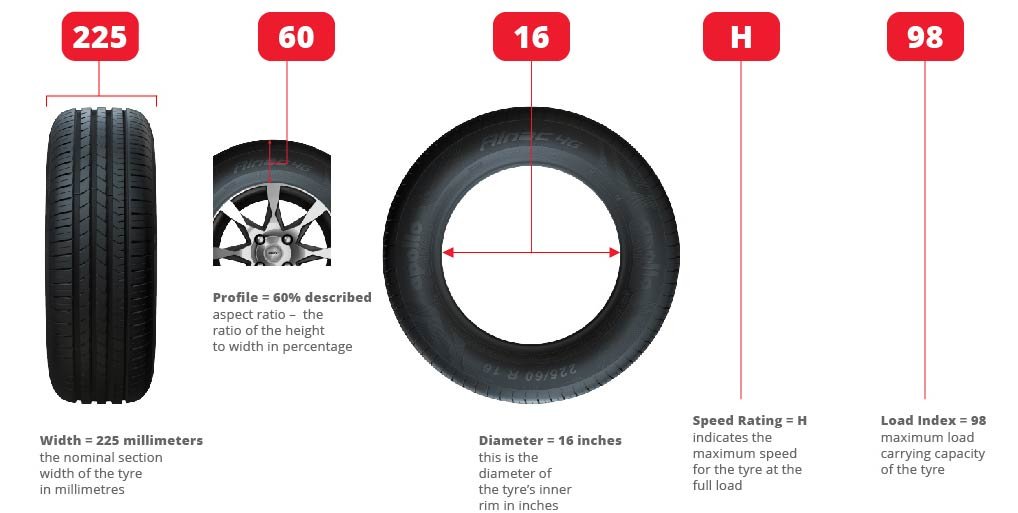 If you ever need to change tires under warranty, having these records will increase your chances of success.
If you ever need to change tires under warranty, having these records will increase your chances of success.
Are you used to doing everything yourself? Then you can rearrange the tires. If you can safely lift the car and remove the wheels, you can change the tires in your garage or on your driveway. In addition to the rearrangement pattern, you need to consider whether your tires are directional or non-directional, symmetrical or asymmetrical, and whether the tire pattern is staggered or square. If you are not sure about at least one of these points, it is better to entrust the work to a professional. Also consider that it is a smart move to put your tires in the hands of a competent professional from time to time. Tire specialists monitor their potential problems, identify misalignment and other issues that can affect tire condition/wear and vehicle performance.
For non-directional tires of the same size, you can use the diagonal swap pattern or move the front tires to the rear diagonal corner and the rear tires forward on the same side.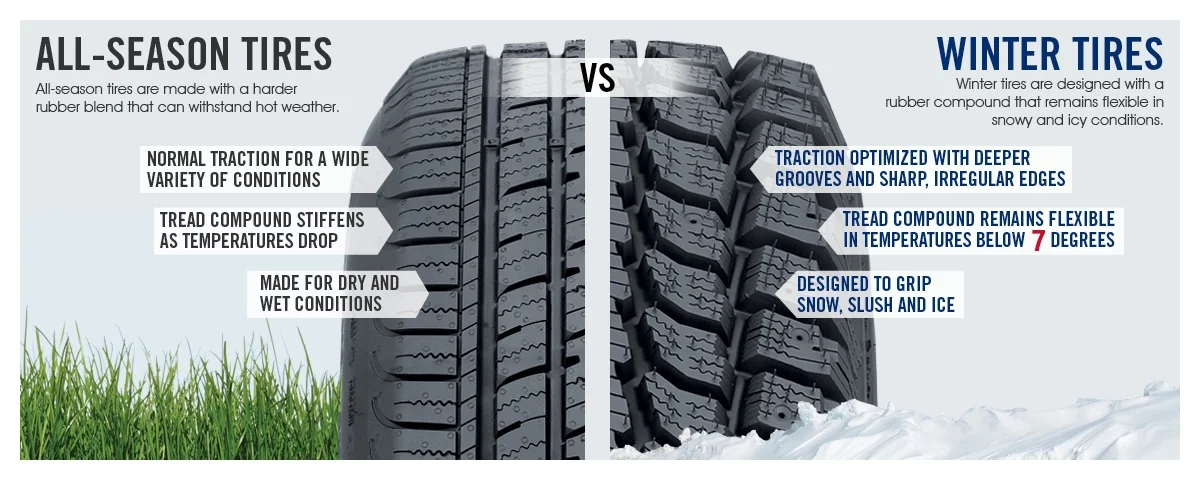
Also, due to the availability of modern tires, there is a need for 2 more rotation schemes:
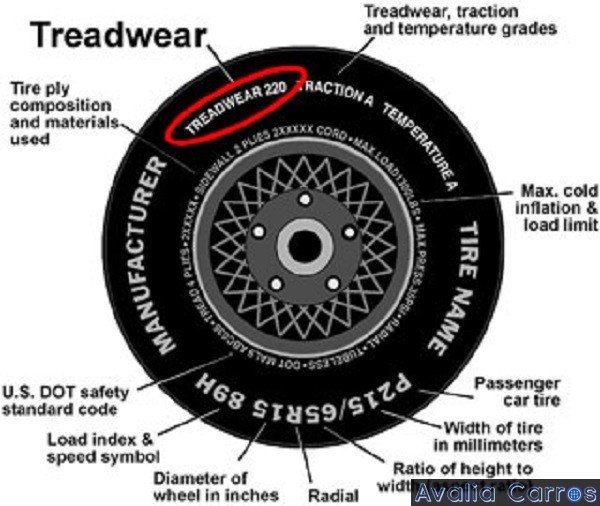 If you have a full-size spare tire, it should also be included in the swap plan.
If you have a full-size spare tire, it should also be included in the swap plan. tire shift diagram for 4WD and 4WD vehicles Vehicles with dual rear wheels and non-directional tires may use one of the following rotation patterns:
Winter and studded tires also need to be rearranged so that they serve for a long time and behave adequately on the road. For winter wheels, the rearrangement should be done more often, about once every 6000 km or once a season, whichever comes first.
For winter wheels, the rearrangement should be done more often, about once every 6000 km or once a season, whichever comes first.
Important: The direction of rotation for studded tires must never be reversed when changing!
See also: How to properly store winter tires? Can tires be stored on the balcony?
Tire rotation helps maintain your vehicle's performance and safety, extends tire life, saves you money, and gives you a good reputation with the tire manufacturer should you ever have tire problems or warranty claims.
Find out how to maintain your vehicle. For most vehicles, under normal driving conditions, the standard tire rotation interval is approximately every 8,000 to 13,000 km.
Many people read about rearranging tires along the axles in old textbooks for drivers. But in modern operation, off-season tire changes are almost never found.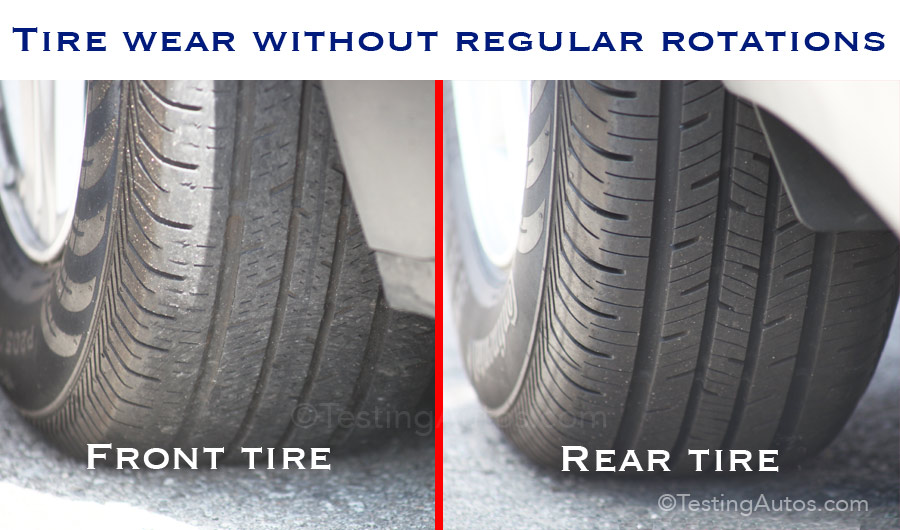 Why rotate wheels today and when?
Why rotate wheels today and when?
Swapping tires and changing them between axles is designed to equalize the degree of wear of all tires and extend the life of your vehicle's wheels.
Therefore, it is recommended to change the tires periodically from the rear axle to the front axle and vice versa. Too often, this procedure is also not worth doing. It is enough for to rotate every 8-10 thousand km.
If you regularly operate the vehicle at full load and at high speeds, then with such an aggressive mode it is better to change shoes every 5-6 thousand km.
For motorists who average 15-20 thousand km per year there is no need to change the position of tires in the middle of summer or winter. Just remember which tire was on the front and rear axles, and at the next seasonal change, install them with "offset" (swap the axles of their installation).
In order not to forget the position, sign the old position on the side of the wheel with a special wax marker. Some tires also have special fields for this marking.
If you notice that the tires begin to wear unevenly, the outer or inner side of the tread wears out faster, then is recommended to be replaced before . Also in parallel with this, you need to check the alignment.
1. Tread pattern pattern. Many modern tires have a directional tread pattern. In order not to reduce the efficiency of the tire and not worsen the handling of the car, when rotating the wheels, it is recommended to carefully monitor the direction of the wheel rolling, which is marked on the sidewall of the tire with a special arrow.
2. Balancing. When swapping wheels, it is recommended to check their balance and, if necessary, change the value of the weights. Unbalanced wheels wear out faster and negatively affect the resource of steering elements.
3. Tire size. When changing tires along the axles, you need to remember that on some machines the width and height of the profile of the front and rear wheels may differ.
Tires of various sizes are found on electric vehicles, compact city cars, and sports cars.
To change the tires along the axles, you can use the services of a tire fitting or a comprehensive car service. But in good weather, you can simply rearrange the wheels yourself, you just need to use a serviceable tool and perform all the operations correctly: install a jack, do not forget about the stops under the wheels, and so on.
There are several wheel rotation patterns. The most popular option is cross scheme , when the front left wheel becomes the rear right and vice versa, and the front right is set to the left rear and also vice versa.
The most popular option is cross scheme , when the front left wheel becomes the rear right and vice versa, and the front right is set to the left rear and also vice versa.
This circuit is universal, will fit vehicles with any type of drive .
On machines with rear and all wheel drive , it is recommended to use a scheme in which the rear wheels become front diagonally , and the front wheels rear, but without changing sides.
If your vehicle is fitted with directional tires, the only operating pattern for them is swapping front and rear wheels without changing sides .
Of course, it is recommended to swap tires of different sizes only within the same axle.
Also available with spare wheel included in the rotation scheme. As a rule, all options using five wheels are described in the vehicle manual. But remember that on most new cars, the role of a spare tire is performed by a narrow "reserve", on which both the maximum speed and mileage are significantly limited. In addition, often a spare tire, even on a car from a car dealership, is installed of a different brand and model than those in which the four main wheels are shod. Because changing wheels, taking into account the "reserve" requires accuracy .
In addition, often a spare tire, even on a car from a car dealership, is installed of a different brand and model than those in which the four main wheels are shod. Because changing wheels, taking into account the "reserve" requires accuracy .
It is recommended to change truck tires every 40-45 thousand kilometers or in case of unequal or/and uneven tread wear. Rotation saves your changeover budget by wearing all tires evenly. This is especially important in cargo transportation, where the cost per kilometer (CPC) is taken into account.
UPC = (Tire Cost + Maintenance - Carcass Price) ÷ Mileage (km).
When planning, consider:
If we consider the load of the axles, then in the three-axle trailer the third axle experiences the greatest load , the second axle the smallest .